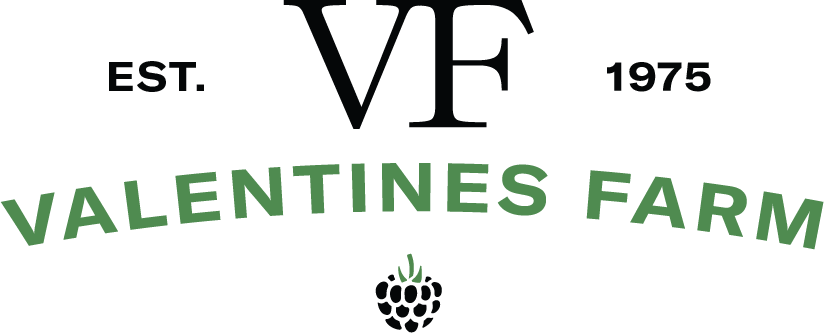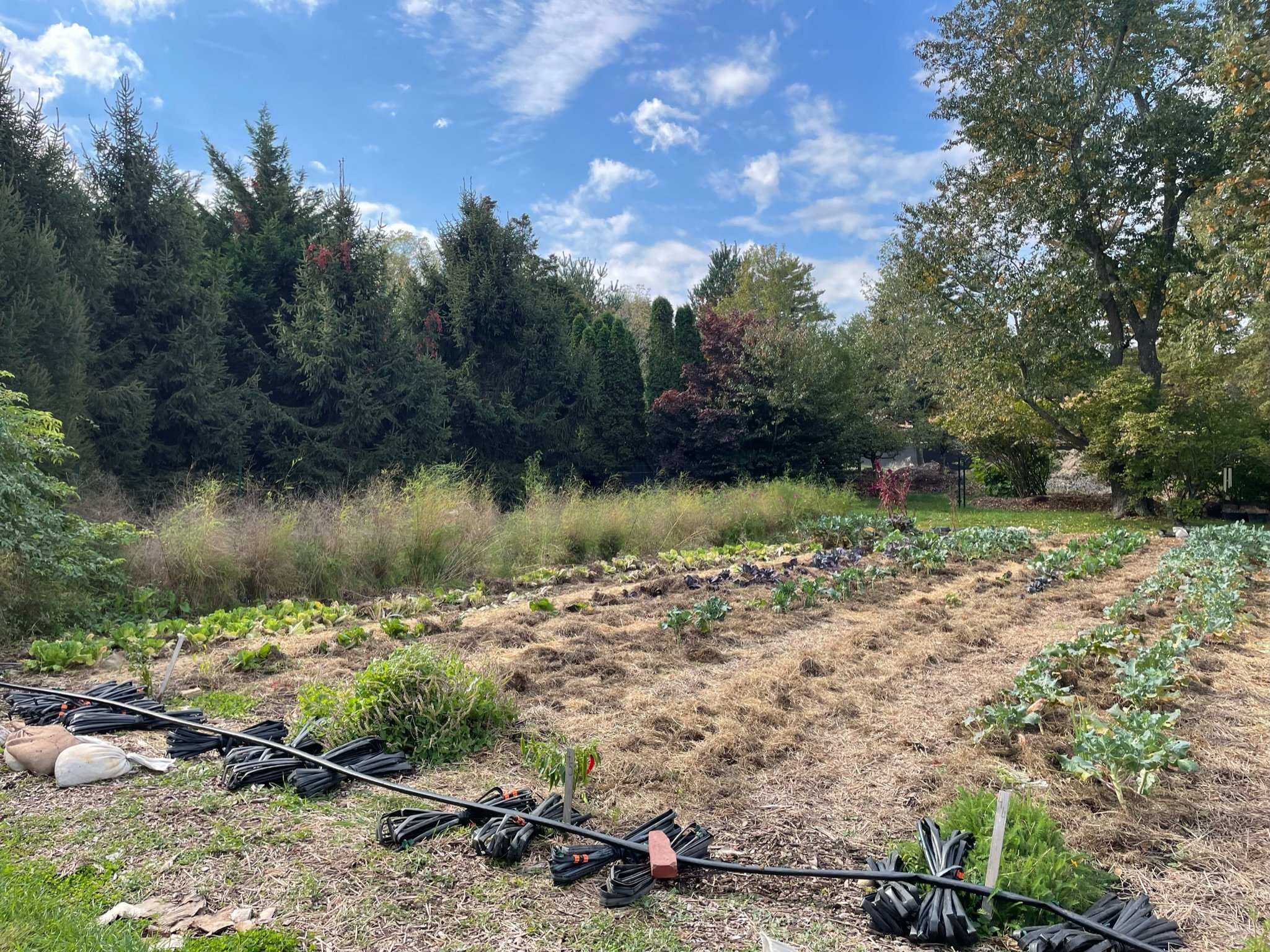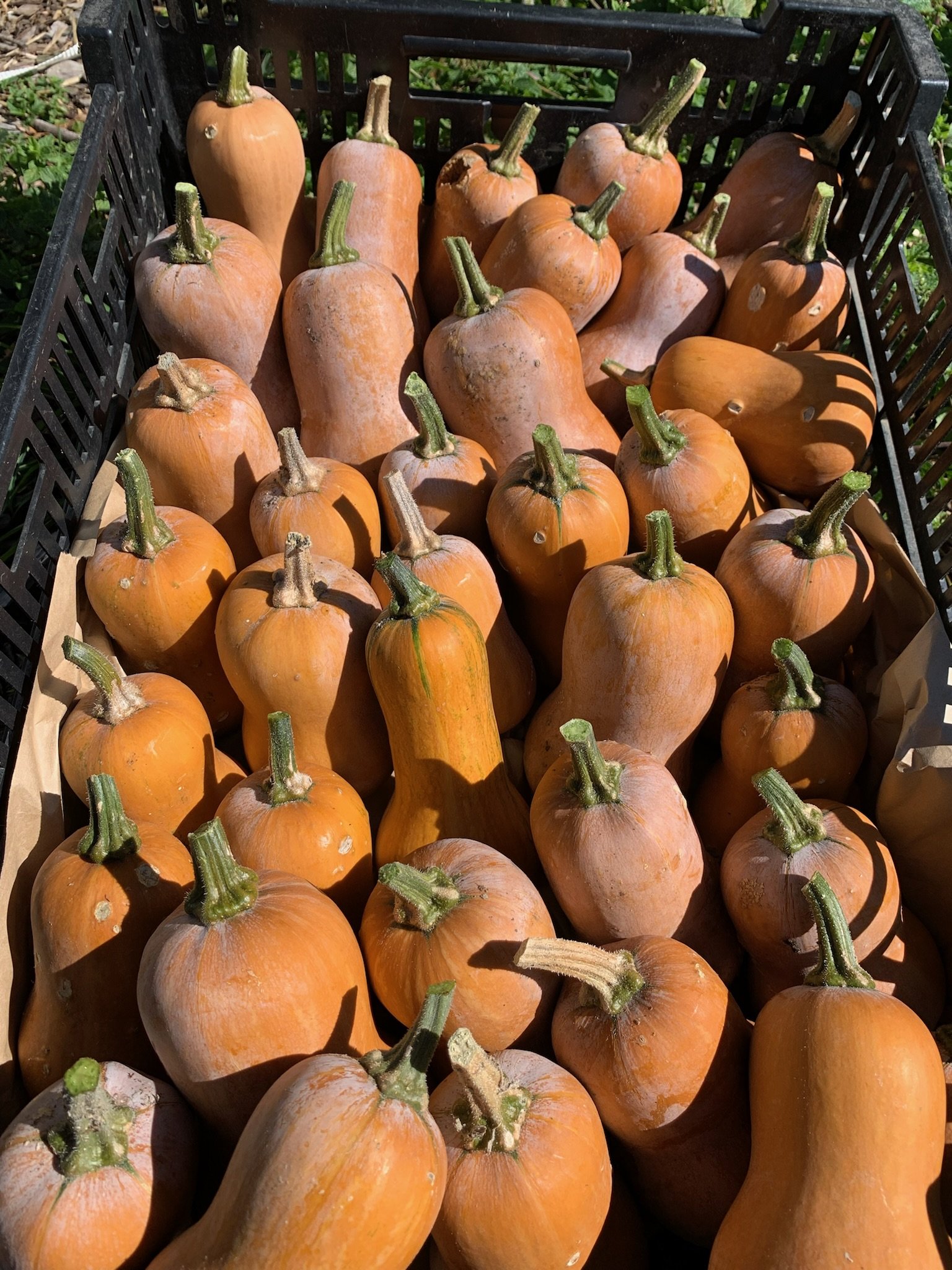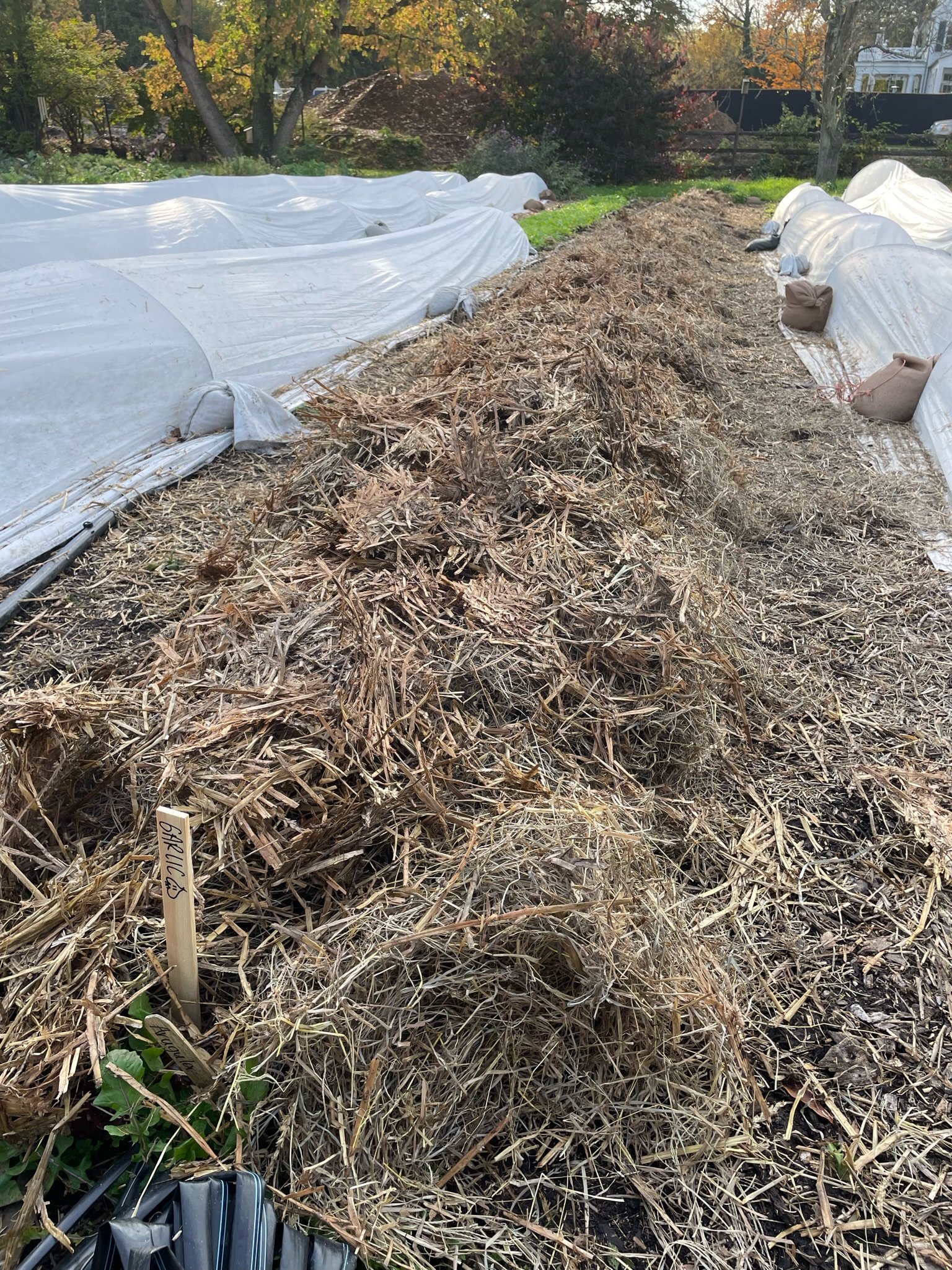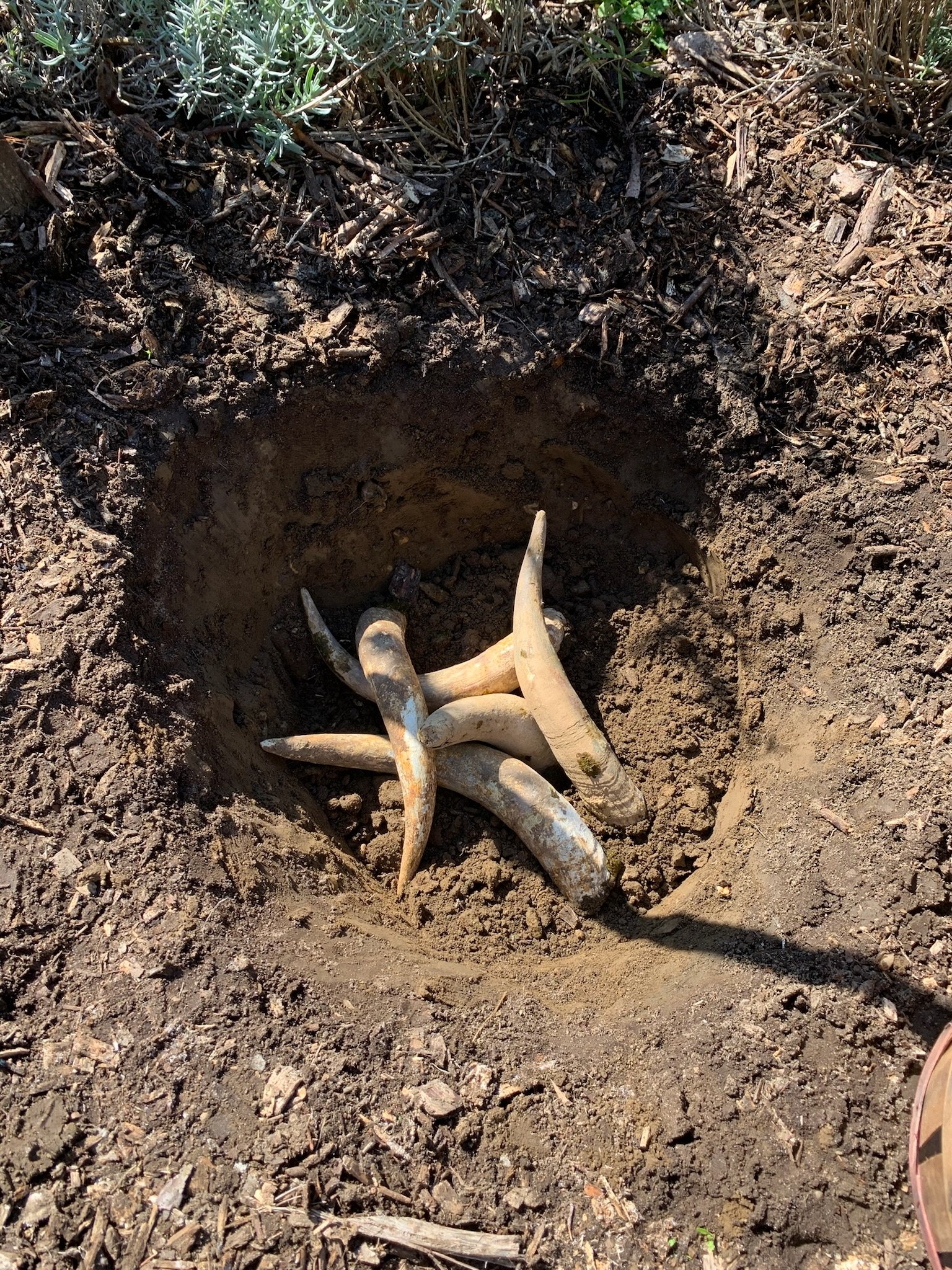How to Start a Backyard Garden: Fall Preparation
Starting a backyard garden in the fall? It may seem odd to be thinking about seedlings, soil, and summer fruit as we enter into the autumn but what better time than now to plan how to begin! All too often we hear that a garden seems too overwhelming, seems like too much to tackle on top of all of life’s demands. With this though, we hear a longing for a connectedness to something simple, satisfying, and tangible as our lives pull us further from meaningful connections.
So, here we are, inviting you to join us in our four part backyard gardening series where by the end of winter you will have all the basics to build yourself a bountiful pot or plot come spring!
In Part 1 (this part), you will learn how to plan for and prepare a small garden plot.
In Part 2, we’ll explain the basic techniques for germinating, planting, and seeds.
In Part 3, we will share our tips on nurturing your plants and harvesting.
In Part 4, we’ll show you how you can extend the season with fall plantings as well as some frost protection measures
Planning and Preparing for a Small Garden Plot in 6 Simple Steps
Site Selection
Choose Your Crops
Materials and Tools
Soil Preparation
Purchasing Seeds
Bonus! Biodynamic Preparation
Site Selection
Go out to your yard and find a spot that feels right to you, that you can envision spending some time in, where you feel will be practical to get to and aesthetically pleasing to admire, after all you will want to stand back and appreciate your hard work!
Key things to consider: Identify which places are south facing and pay attention to how the sun moves through the day. This will change depending on buildings, trees, fences, and location. Start to keep track of how much morning vs. afternoon sun your chosen spot gets. Hint: the sunnier the better! For beginner gardeners, sun-loving crops are often easier to grow, require a bit less maintenance, are most rewarding, and will set you up for success from germination to harvest. We recommend starting roughly 4’ x 10’ feet of space. Start small and manageable and grow from there!
Choose Your Crops
Make a list of all your favorite veggies. Dream of their colors, shapes, textures, and flavors. What have you seen at the local farmers market that you’d like to grow? That’s a good indicator of what does well in your area. If I were to write up this list it’d be: tomatoes, lettuce, arugula, carrots, garlic, and… okay, maybe a few herbs :) but that’s IT! Believe me, it’s wise to start small. Each crop has an identity, a personality, and preferences and it takes a few seasons to truly learn a crop so start with just a few and hone your skills year after year!
Materials & Tools
Our favorite garden tools, as in the ones you’ll want to have ready to go when the season starts, really make life easier and more enjoyable. If you don’t want to buy new, oftentimes yard sales or second-hand shops will have a gardening section but we’ve included some links here too in case you’re ready to buy now!
You should have:
A garden fork
A hand hoe
Soil blocker
Clean yogurt cups or paper pots (stay tuned for Part 2 to learn how!)
Garden-dedicated journal or notebook
Soil Preparation
Now you have your spot picked out, your crops in mind, your tool order in, and you’re ready to prepare the soil! Whether your ground is covered with grass or is bare topsoil, we’ll use the same method to improve soil texture, quality, and vitality. This soil preparation can be done any time between now and Thanksgiving before the soil freezes.
You’ll need:
Cardboard
A preference for recycled, with no tape, stickers, nor residue, and limited ink
Compost
We recommend manure compost from Vermont Compost
General rule of thumb, you’ll need 4”x 2. or a 20 Qtrs. bag for 2 ft2 = 20 bags for 40 square ft or half a yard.
Check out this nifty tool to figure out how much compost you need for your space.
Tip: If you can convince a couple neighbors to get together you can buy a sling and pay bulk price!
VCC Fort Vee Potting Soil
Keep in a cool dark place until use. 2 bags should be plenty to start for an approximate 4’ x 10’ space.
Progressive growers distributes and delivers on long island but it is not always available. Another reason to plan ahead and order early.
Steps for successful soil prep:
Stake out your area with sticks and twine, stones, or a fence.
Fork the soil, see here for more guidance on the process. Remove any large stones or debris you find in the process.
Lay the clean cardboard down on the ground, leaving no surface uncovered. Overlapping edges are encouraged!
Lay down the compost evenly and thoroughly. Let sit all winter long to work its magic!
*If you have over-wintering crops like garlic, strawberries, some tubers, they can benefit from some straw protection, see right!
Seeds
We recommend that you order your seeds by the end of the year, preferably as early in the fall as you can. Some of our favorite seed companies are:
Turtle Tree - Biodynamic
High Mowing - Organic
Johnny’s - All Varieties
A note on seed sourcing, make sure to buy organic, untreated seeds when possible, and stay tuned for more about seeds in a future blog post where we help you to decode the ever-increasing terms that appear on seed packets!
Bonus: Biodynamic Preparations
Biodynamic preparation 500 is a deeply nourishing soil amendment that enlivens the soil with vitality. Complex and rich diversity of soil microbes will ensure crops that are healthy both in growth and in nutrition for you and your family.
See JPI for ordering 500 and for resources about how to apply. Read more about the 500, Horn Manure prep here!
YOU’RE WELL ON YOUR WAY!
It’s an amazing feeling to go out the garden on a summer evening and pick a few things to make a salad. What a sense of accomplishment and pride! Gardening can become a life-long journey as there is so much to learn, and we are excited for you to begin or to take your learning to the next level! There is a size and type of garden for everyone and we’re here to help you along your way to growing something big or small. Let us know how your garden adventures go, share your progress, and tag us on IG so we can cheer for you and your success! Use #vfbackyardgarden to see what others are doing too for inspiration!
Have questions? Leave them in the comments or DM us IG and make sure to join our monthly newsletter to stay in the know about when Part 2, the basic techniques for germinating, planting, and nurturing your crops, is published!
